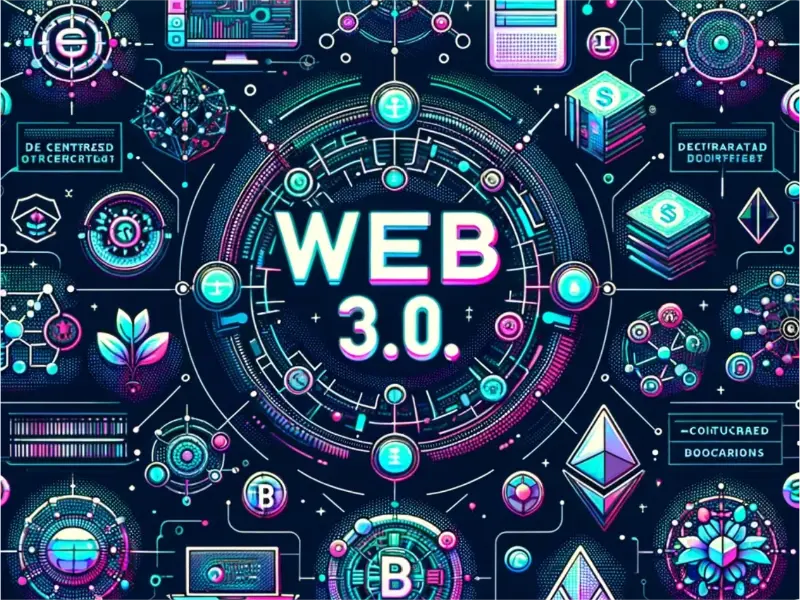- The essence of web1.0 is union, and the essence of web2.0 is interaction. In a Web 3.0 environment, users will be able to create a universal digital identity system that can be used across platforms.
- Web 3.0 is not just a technological innovation, but a technological integration to provide users with more personalised information customisation of the Internet in a more concise way with a unified communication protocol.
- Although Web 3.0 seems to be very abstract, the three premises for the arrival of Web 3.0 can be grasped. It is a trend in the development of the Internet itself, a framework for future Internet applications.
Meta-universe, Internet of Things, Artificial Intelligence, and the spurt of new technologies into our lives at the same time, many people the mention of web2.0 will always look forward to the arrival of the web3.0 era.
But what is web3.0, when will it be realised, how will it be realised, what features will it have, and how will we use web3.0, all these need us to continue to explore and practice.
What is Web 3.0
Web 3.0 is a concept about the development of the World Wide Web, mainly related to blockchain-based decentralisation, cryptocurrencies, and non-homogenous tokens, and is used to describe the potential next phase of the Internet.
The blockchain-related Web3 concept was proposed by Gavin Wood, co-founder of Ethereum, in 2014 and has been gaining attention from cryptocurrency enthusiasts, large tech companies and startups in 2021.
Also read: Who invented Web3?
The essence of web1.0 is union, and the essence of web2.0 is interaction, which allows netizens to participate more in the creation, dissemination and sharing of information products.
In a Web 3.0 environment, instead of having to create multiple identities on different centralised platforms, users will be able to create a universal digital identity system that can be used across platforms.
Web3.0 era, the information within the website can directly interact with other websites’ related information, can be used through the third-party information platform at the same time the integration information from multiple websites; users have their data on the Internet and can be used on different websites; completely web-based, with a browser can be achieved only complex system programs to achieve the system functions; user data auditing, synchronised with the Web data.
Web 3.0 is not just a technological innovation, but a technological integration to provide users with more personalised information customisation of the Internet in a more concise way with a unified communication protocol, and will be the key to the Internet development from technological innovation to user concept innovation.
Web 3.0: Infinite possibilities
American entrepreneur and venture capitalist Nova Spivak suggests extending the definition of Web 3.0 to include concrete manifestations of the current major technological trends moving towards a new stage of maturity, including networking everywhere, open technologies, open identities, smart networks, smart apps and so on. These technologies are already being realised and evolving at a rapid pace in our present time.
Although Web 3.0 seems to be very abstract, the three premises for the arrival of Web 3.0 can be grasped. The refinement and development of blogging technologies around Internet user interaction and personalised experiences, the popularity and ubiquity of virtual currencies and virtual currency exchanges, and solutions for online wealth and online financial security.
Also read: Binance Labs launches 7th incubation programme for Web3
So it’s hard to define when Web 3.0 started and when it will end. We are not going to use Web 3.0, because you can’t define exactly what kind of application it is. It is just a trend in the development of the Internet itself, a framework for future Internet applications.
However, the Web 3.0 era of practice is characterised by the following points of view that are worth referring to. The transformation of the Internet into a database, so that the structured information set to repeatable benefits, the GPT API of the public and the popularity of cloud computing precisely fit this trend. The path of evolution towards artificial intelligence, AI chatbots, AI DJs, AI writers, etc. is present in our lives.
Another possible path is the 3Disation vision embraced by the Web3D Alliance, which includes transforming the entire web into a series of 3D spaces, adopting Second Life-inspired concepts. While also offering new ways to connect and collaborate in 3D shared spaces.

